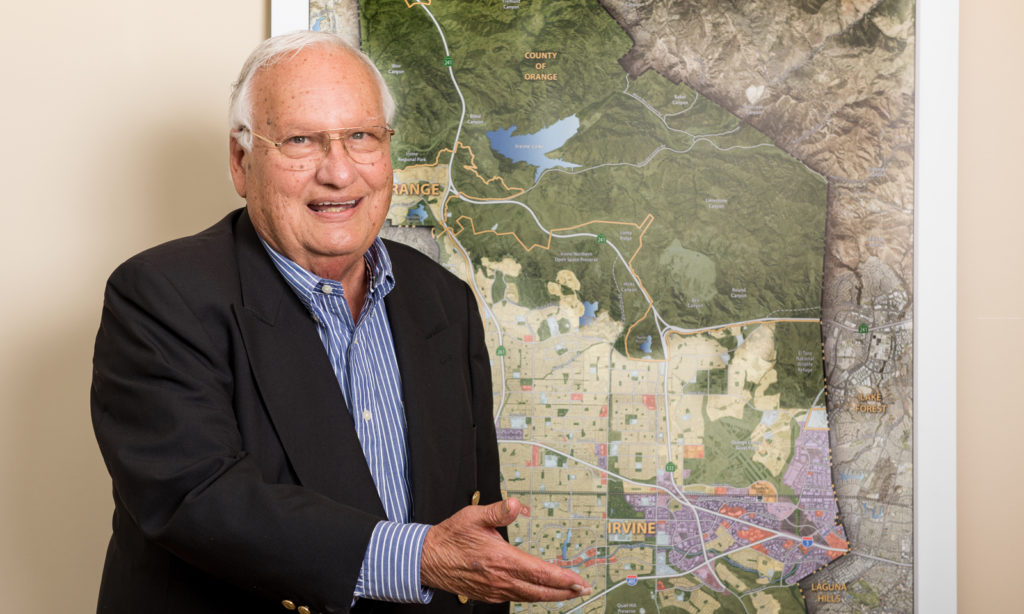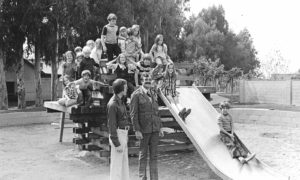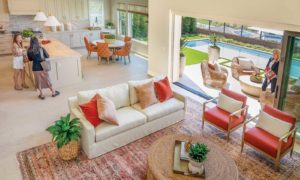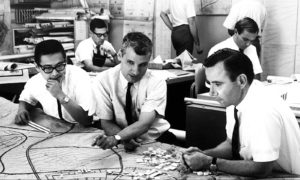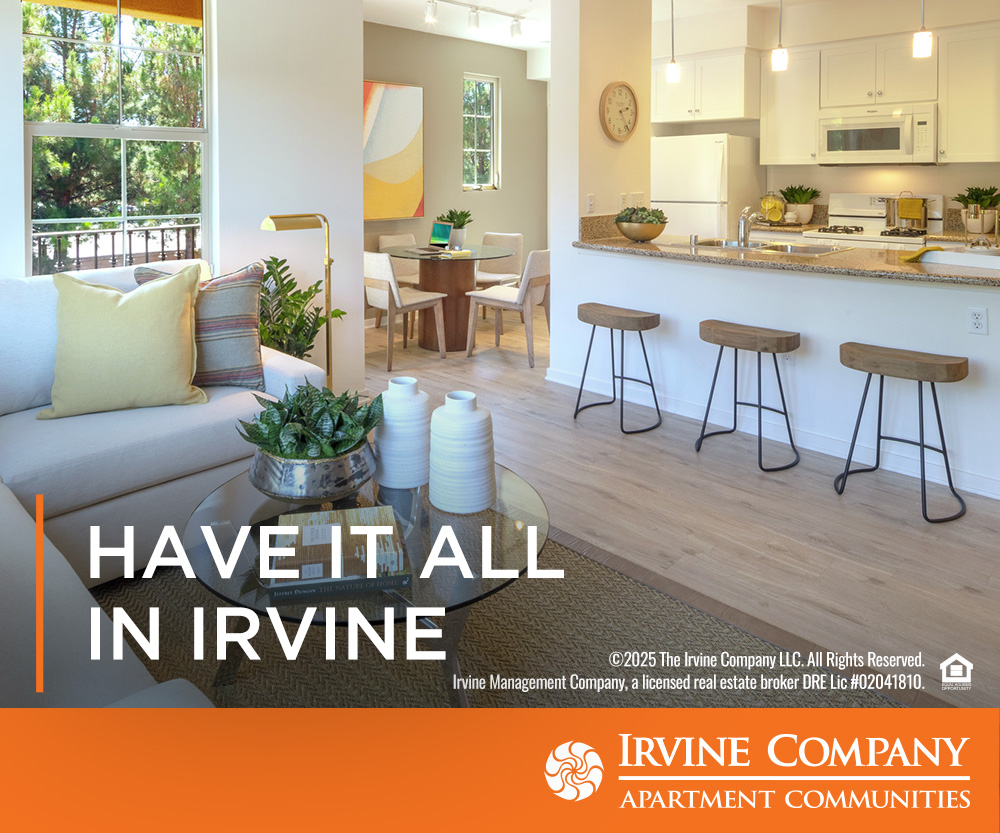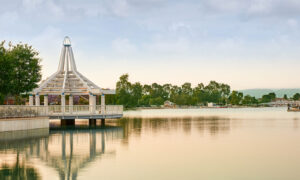There are few people who have had as much impact on Irvine’s early development and its master plan as Al Treviño.
That’s because Treviño is one of the original planners of Irvine Company, which designed Irvine from scratch. He helped create a vision and set a course for the master planned community that has become the safest city in America with ethnic diversity, reputable schools and plenty of open space.
“It’s so incredibly pleasant,” said Alan Hess, an architect and historian who has written about Irvine. “I can walk to the market. I can walk to the library. The bike paths, the green belts, modern houses. It’s just good design.”
First village
Hess and dozens of his University Park neighbors gathered in July to listen to Treviño discuss thoughts that went into developing Irvine. Treviño worked for Irvine Company from 1961 to 1965, designing University Park, which opened as Irvine’s first master planned village, as well as Turtle Rock and Fashion Island.
Treviño told the audience he received a call from William Pereira, a consulting architect for the University of California, who asked him to come work for Irvine Company. Irvine Company was trying to build a city around a new university on its vast property that was mostly open space and orange and walnut groves.
Treviño said he initially couldn’t get much funding and support for University Park because ideas he put into its design were new to many people back then.
For example, University Park offered a variety of housing from apartments and townhomes to detached homes in the same neighborhood. Greenbelts and bikeways linked these homes with amenities such as schools, parks, the library and shopping centers.
“There was a lot of risk,” Treviño said.
He even convinced the state’s transportation agency to realign the 405 freeway, which was still under construction and supposed to cut through the middle of University Park, Treviño said.
Such efforts and risk-taking have paid off.
Steve Morton, who’s lived in University Park for 20 years, said he moved there because of its abundant green space.
“When you are driving south on the 405, the first place you want to stop and live is Irvine,” Morton said. “Look at this paradise. I grew up in Chicago. I’d never move anywhere.”
Early residents bought their homes for around $25,000. Now homes in University Park are on sale for more than $800,000, according to Zillow.
A Master Plan
Treviño and fellow visionaries came up with some key principles of Irvine’s guiding plan. They include long-term ownership of properties by Irvine Company, distinct villages and the preservation of open space. Morton said he didn’t think much about Irvine’s master plan when he bought his first house.
“I don’t know that I really understood what that meant until after you’ve lived here for a while,” he said. “You raise kids and you realize that this is the way to do it.”
Treviño said Donald Bren saved Irvine by buying Irvine Company in 1977 over international companies such as Mobile Oil Corporation. Bren kept the generated revenue from his business in Orange County and improved the area, Treviño said.
Safety, schools, greenbelts
Hess, the architect, said one of the reasons he moved to Irvine was to find out what went into designing such a unique planned community, where kids can walk safely to school along greenbelts.
“So you had this big canvas to work on, and you had planners like William Pereira, Ray Watson and Al Treviño who were incredibly talented and had vision,” Hess said. “All those things created a unique set of circumstances. That’s what resulted in what we have here.”


